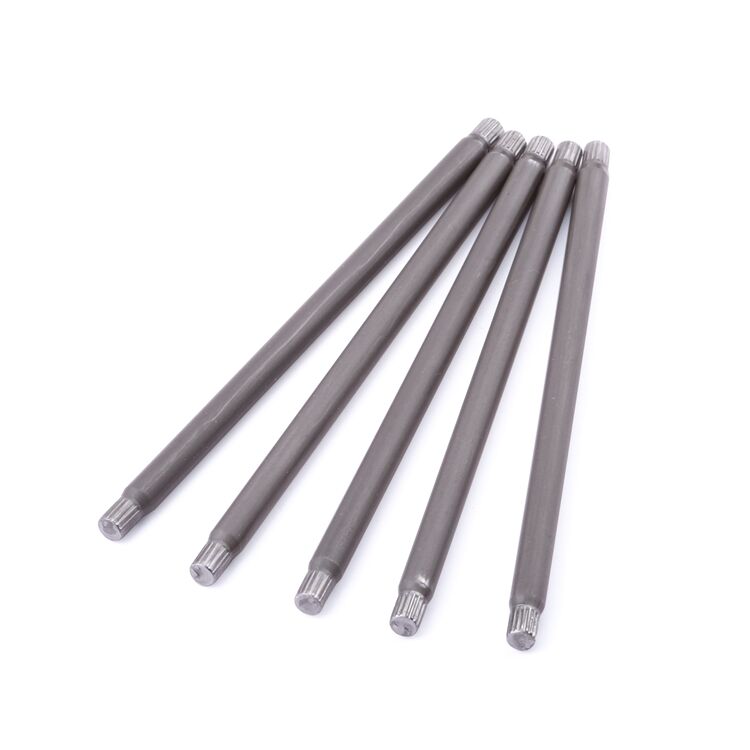Когато искате да повесите снимки, рафтове и други декорации на стените си, може да започнете да разсъждавате върху въпроса как да завитите във фанер без да го разкъсаете. Фанерните стени се използват широко, но са доста хрупки, склонни да се треснат или поддадат при най-малкото налягане. Къщомично, повече нещата на фанер не е много трудно, когато следвате няколко основни насоки и съвети. В този ръководен ще разгледаме какво трябва и не трябва да правите, най-добри методи за употреба, някои чести грешки, които трябва да избегнете, и най-добри видове анчори за използване. Благодарение на DG Guyi, ще овладеете уменията за завиване на фанер като профи!
Делайте: Използвайте локатор за дъски, за да намерите дъските зад гипсокартона всякий път, когато е възможно. Дъските са силните дървени части, които поддържат гипсокартона и го удръжват на стеновия каркас. Тъй като тези дъски са най-прочните компоненти на стена, те са най-добрият мястото за закачане на винтове. Ако опитате да повесите нещо тежко или громадно без да попаднете в дъска, то ще се откъсне от стена и може дори да повредите самия гипсокартон.
Къп А етап: Изберете подходящата връв и анкер. Пластмасовите анкери трябва да се използват за леки предмети, като снимки или малки рафтове. Те се разкриват, когато вмъкнете връвта, което помага да се закотви твърдо предмета на мястото му. За средни тегла, като огледала или декоративни талasi, използвайте метални превключватели. Когато завивате връвта, тези болти се разкриват зад гипсокартона за добър зажим. SnapToggles или Zip-Its за по-тежки предмети, като шкафове или книжовни полички. Тези специализирани анкери се зароят в дълбината на гипсокартона и дават много твърд зажим.
Клъп 2: Трябва да отпечатате областта, която искате да завитите анкер в тухла. Поставете малък оlovен бележник или дори малка ямка във стената. След това натиснете анкер до тази маркировка и удариете го с молив, докато стане равен с тухлата. След като анкерът е вмъкнат, поставете винта в анкер и завийте го посока на часовниковата стрелка с ръка, докато стане стиск и сигурен. Ако използвате електродрел, задайте му ниска скорост и спрете, когато винта стане леко подповърхностно под тухлата.

Друга грешка е да не претворите винта с пилотна дупка. Това е важно, защото ако не прободете пилотна дупка, тухлата може да се расколи или разпише. Ако някоя от тези грешки ви звучи позната, тогава уверете се, че винаги проверявате теглото и размера на предмета, който искате да повесите. Прочетете инструкциите, които идват с винта и анкер, които сте избрали да използвате. Трябва също да прободете дупка-водач за винта с по-малък бор. Това ще предотврати повредата на тухлата.

Нещо друго, за което трябва да бъдете внимателни, е да се уверите, че не пресичате никакви електрически дроти или тръби зад гипсокартона. Пробиването или завитването в дрот или тръба може да създаде опасност от пожар или да причини протичане на вода. За да избегнете това, използвайте уред за намиране на стойки, който може да открива метал и електрическо напрежение, за да сканирате стената преди да започнете. Ако все пак удете дрот или тръба: най-безопасното е да изберете друго място и да позволите на професионалист да се занимава с проблема.

Както важна бележка, преди малко разгледахме как пластмасовите анкери са най-добри за вешане на лековесни неща. За средновесни предмети, тогл болтовете са най-подходящият избор. За тежки предмети - SnapToggles или Zip-Its. Има и хибридни анкери за специфични нужди. Например, EZ Ancor Twist-N-Lock анкерите са идеални за гипсокартон и плострови стени и могат да поддържат до 75 фунта. „Тези Monkey Hooks са още един отличен начин за вешане на изкуство или огледала без използване на инструменти или стойки, а те имат капацитет от 50 фунта.“


